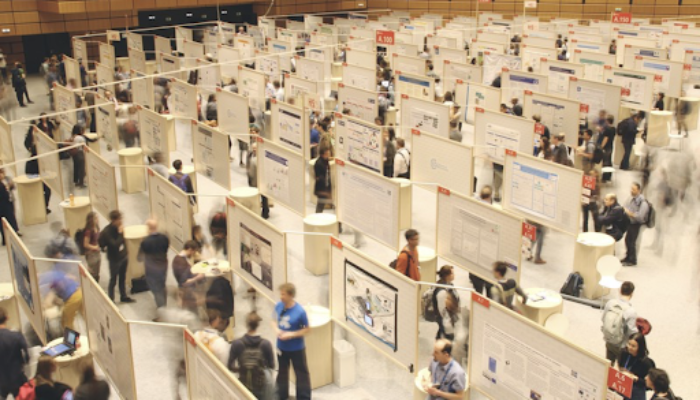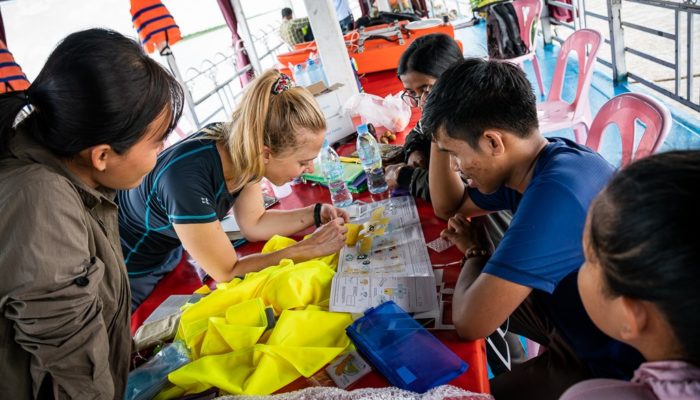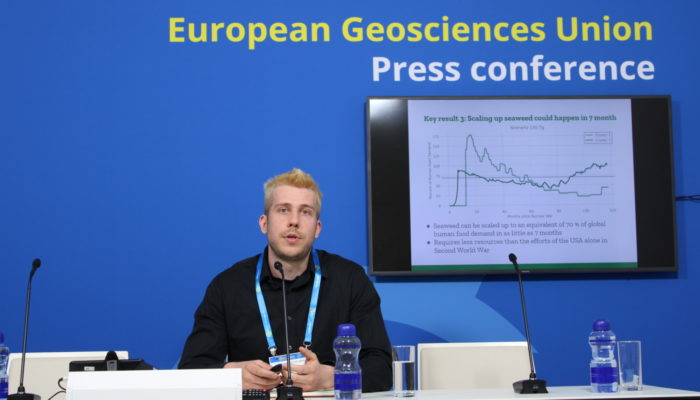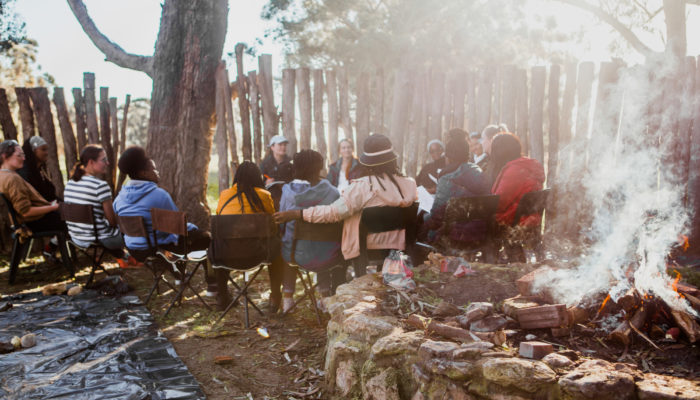The wind, funnelled downwards by the surrounding skyscrapers, whipped along Wagramer Strasse, as early morning traffic thundered by. Past the Orthodox Church and then slightly uphill to the Kaisermühlen VIC underground station, where a stream of one-way traffic was already in full force, everybody proudly displaying their blue lanyards and most carrying the large black poster tubes that are so in ...[Read More]
My reflections of EGU’s evolving General Assembly over the years




